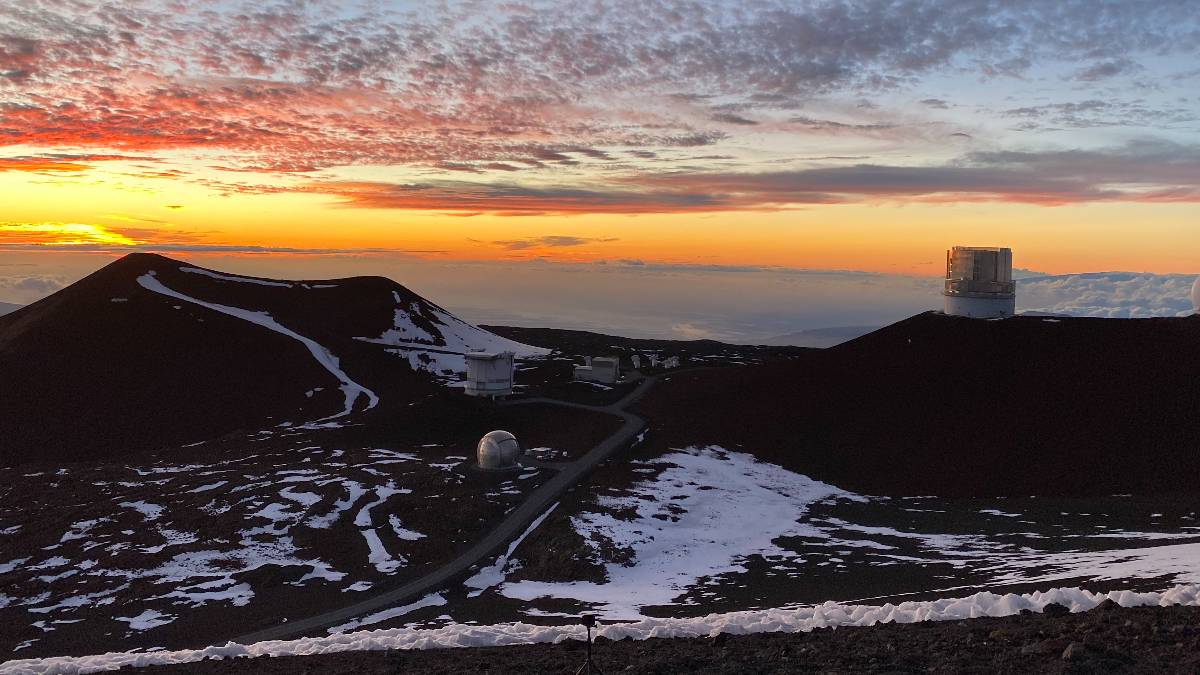Warm, Dry Weather Persisting in East Hawaii
If you thought it’s been unseasonably warm on the windward side of the Big Island this month, the National Weather Service would agree with you.
Preliminary data shows the daily high temperatures recorded at Hilo’s airport for the first half of September averaged 86.4 degrees, more than three degrees warmer than the average daily maximum for the month of 83.3 degrees.
So far only one record was reached: On Friday the thermometer at the airport reached 88 degrees, tying the record set for the date in 2004.
However, on three other days, Sept. 4 through Sept. 6, the maximum was within a degree of tying the records for those dates.
Maureen Ballard, a forecaster for the weather service in Honolulu, said the dry conditions have been a major factor in the heat wave.
“It’s definitely tied to the lack of rain,” she said.
Ballard noted the lack of rain not only means more sunshine but also less cooling effects from the showers.
According to preliminary data, only 0.99 inches of rain had fallen at the airport this month as of Sunday.
The average rainfall for the entire month of September is 9.94 inches.
Rainfall totals for the Big Island show all areas trailing normal levels for the first two-thirds of the year.
On the windward side, Laupahoehoe was the lowest at 49% of normal through August and Hakalau the wettest at 84% of average.
Hilo, the rainiest city in the country with an average of 126 inches annually, had received nearly 65 inches by the end of August, 81% of normal, while its upcountry areas of Piihonua and Waiakea Uka were running at about 70% of average.
The leeward side was even drier with the wettest spot being Kealakekua’s 26.7 inches, 69% of normal.
The Kona International Airport received only 3.7 inches through August, 30% of its normal precipitation for that time of year.
The weather service’s monthly drought report for August noted that extreme drought conditions persist for some leeward sections of the Big Island and Maui.
It said for farmers in Waimea that has meant more irrigation to protect their crops.
The report noted that the US Department of Agriculture was reporting that even before September’s wilting heat, citrus trees in the Kapoho area were showing stress from the warm temperatures and below-average rainfall.















